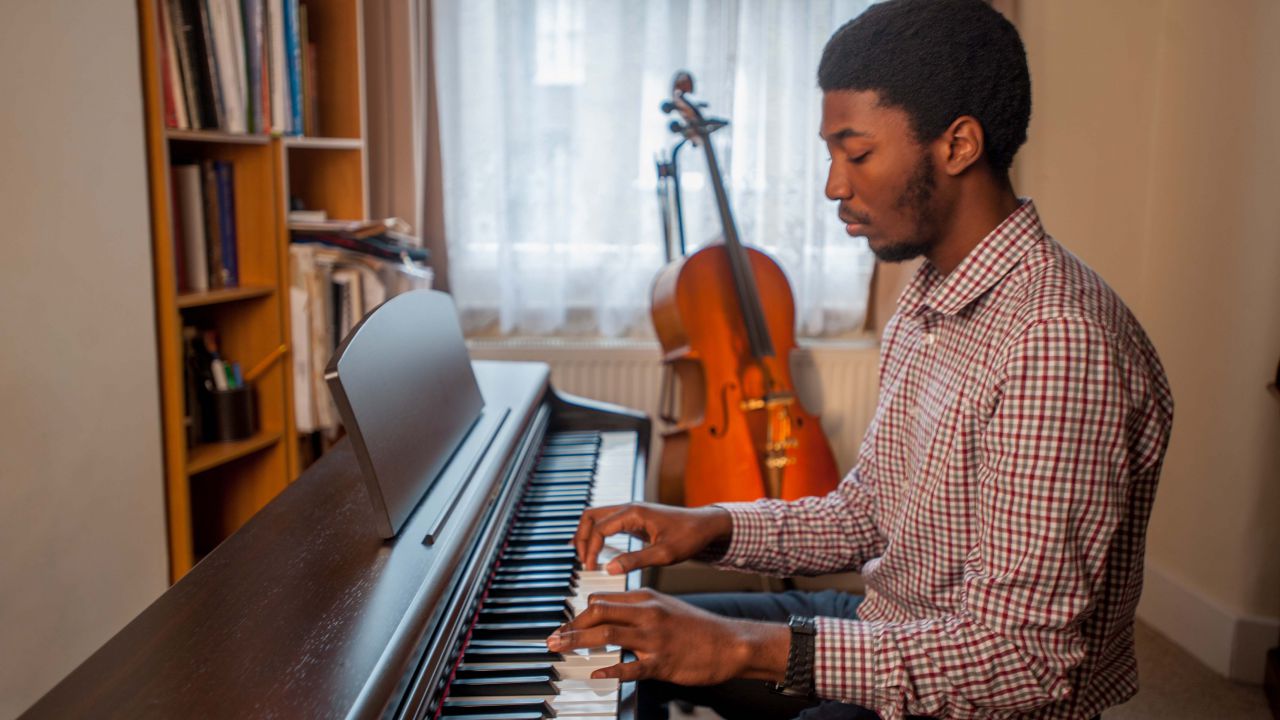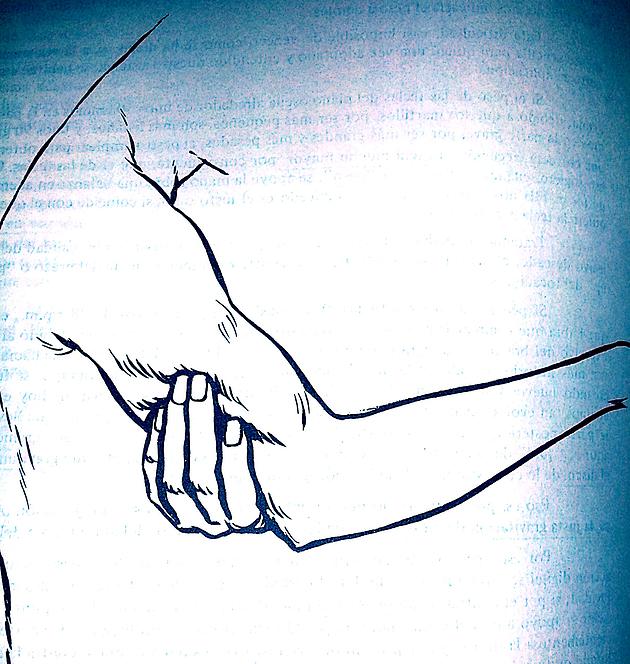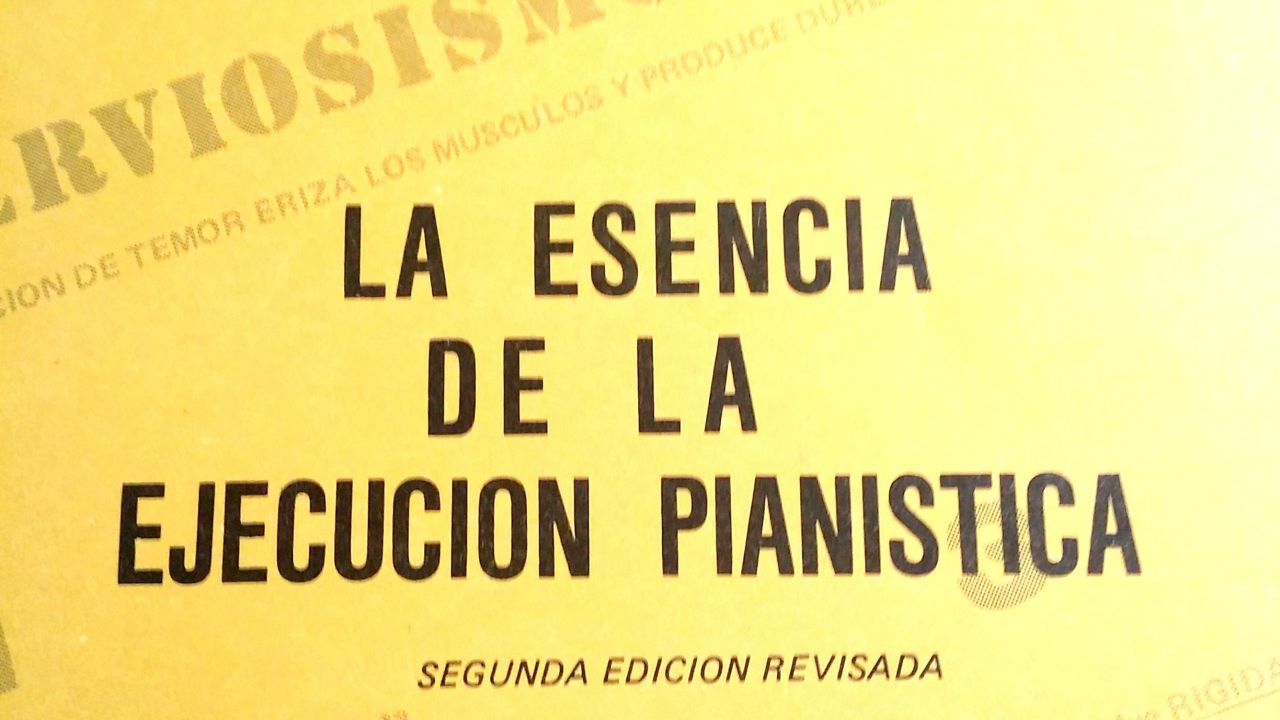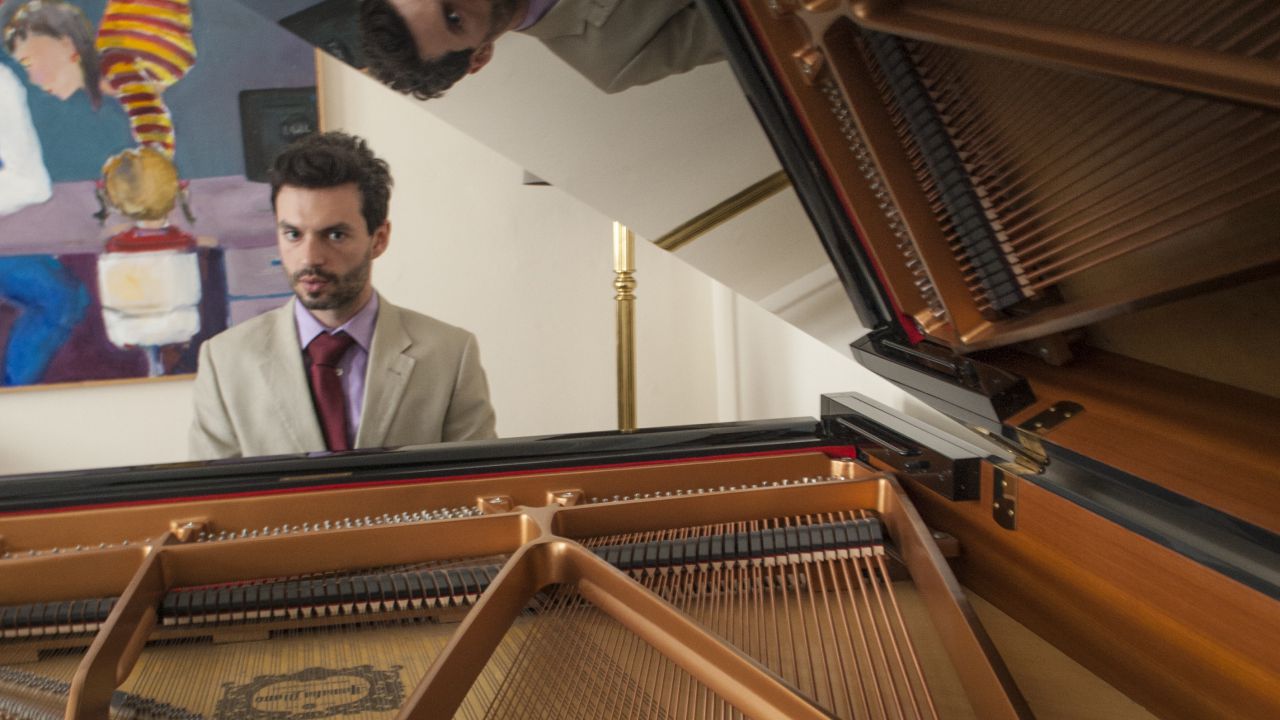-
How and where you begin taking Piano lessons
Have you ever asked yourself why some people succeed when they pick up an activity they like and why some others don’t? The answer is so simple that almost everybody turns a blind eye to it. How you begin an activity, piano in this case, tremendously matters. That is why you should take time to […]
-
“Essence of the piano execution” Scaramuzza ch. 1, s.5 –with some elaboration by J. Rezzuto-
We need to highlight that, for all pianists, the most difficult muscle to manage is the triceps. It should remain always relaxed unless directly involved in the action. The specific movements which actually involve the usage of the triceps are: forearm and arm movements.
The drawing above shows how to check the tension yourself while playing. […]
-
“Escence of the pianistic execution” , according to Vicente Scaramuzza. Ch. 1 S. 4
When we have successfully achieved the position explained before, in our piano lessons, –holding the weight of the arms on the fingertips- then we will try and work on Scaramuzza’s “Tabla Tematica”; this is a very pragmatic piano exercise, in the shape of a numeric chart, meant to help piano students to explore the “finger […]
-
“Escence of the pianistic execution” , according to Vicente Scaramuzza. Ch. 1 S. 3
Playing with the side of the thumb’s tip allows us to take advantage of the most tactile section of the finger. In this was we can easily perceive how the finger adheres to the keys, in a very similar way we do with the other ones too, allowing us to produce a properly robust, resonant and […]
-
“Escence of the pianistic execution” , according to Vicente Scaramuzza. Ch. 1 S. 2
With the fingers ready to play, the hand remains “well armed”, but never stiff. We are going to call this state of the hand the “ready to play position”. When holding this position the hand will be (“breathing out”), that’s why we will take any available chance to relax (“breathe in”) when we find the first long duration note […]






